Forget everything you thought you knew about Schrödinger’s cat.
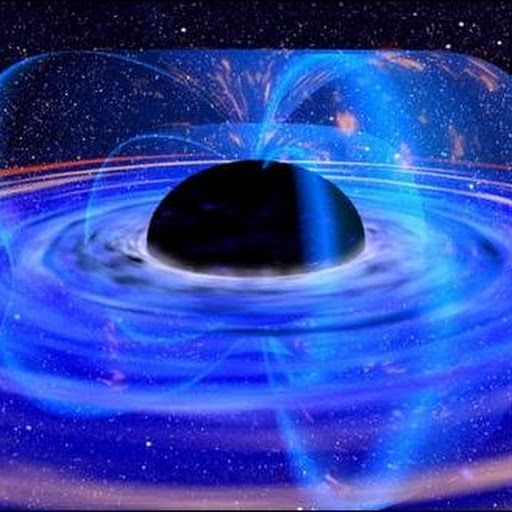

Climate Change Research: our team came up with this concept — https://www.behance.net/gallery/59176073/Climate-Change This team tested an instrument that gathers key data about aerosols—small, solid or liquid particles suspended in the Earth’s atmosphere—to better to assess their effects on weather, climate and air quality.
We recently put an instrument to the test that gathers key data about aerosols—small, solid or liquid particles suspended in the Earth’s atmosphere—to better to assess their effects on weather, climate and air quality. See what happened: http://go.nasa.gov/2BfdJdL
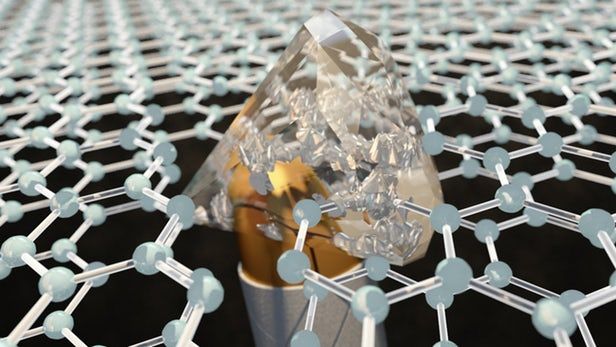
While bullet-proof body armor does tend to be thick and heavy, that may no longer be the case if research being conducted at The City University of New York bears fruit. Led by Prof. Elisa Riedo, scientists there have determined that two layers of stacked graphene can harden to a diamond-like consistency upon impact.
For those who don’t know, graphene is made up of carbon atoms linked together in a honeycomb pattern, and it takes the form of one-atom-thick sheets. Among various other claims to fame, it is the world’s strongest material.
Known as diamene, the new material is made up of just two sheets of graphene, upon a silicon carbide substrate. It is described as being as light and flexible as foil – in its regular state, that is. When sudden mechanical pressure is applied at room temperature, though, it temporarily becomes harder than bulk diamond.
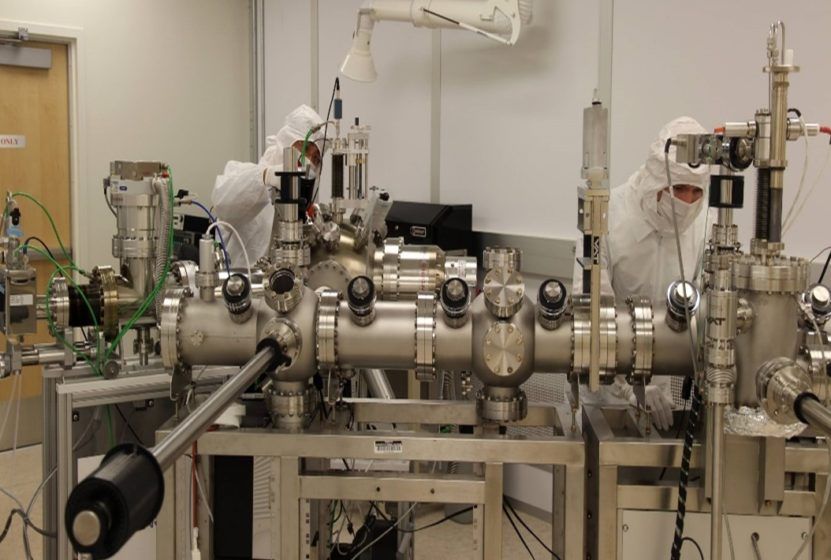
Although solar panels might appear bright and shiny, in desert environments, where they are most frequently installed, layers of dust and other particles can quickly coat their surface. These coatings can affect the panels’ ability to absorb sunlight and drastically reduce the conversion of the sun’s rays into energy, making it necessary to periodically wash the panels with water. But often, in areas like Nevada, water resources are scarce.
Consequently, NEXUS scientists have turned their attention toward developing technologies for waterless cleaning. NASA has already been using such techniques to wash panels in the lunar and Mars missions, but their developed methodologies prove too expensive for widespread public application. NEXUS scientist Biswajit Das of UNLV and his team are aiming to develop a water-free cleaning technology that will be cost-effective for large-scale photovoltaic generation, whereby they look to nanotechnology, rather than water, to clean the panels. “Our mission is to develop a waterless, or at least a less-water cleaning technique to address the effect of dust on solar panels,” Das says. “Once developed, this method will significantly reduce water use for the future PV generation.”

A cylindrical rod is rotationally symmetric — after any arbitrary rotation around its axis it always looks the same. If an increasingly large force is applied to it in the longitudinal direction, however, it will eventually buckle and lose its rotational symmetry. Such processes, known as “spontaneous symmetry breaking”, also occur in subtle ways in the microscopic quantum world, where they are responsible for a number of fundamental phenomena such as magnetism and superconductivity. A team of researchers led by ETH professor Tilman Esslinger and Senior Scientist Tobias Donner at the Institute for Quantum Electronics has now studied the consequences of spontaneous symmetry breaking in detail using a quantum simulator. The results of their research have recently been published in the scientific journal Science.
Phase transitions caused by symmetry breaking
In their new work, Esslinger and his collaborators took a particular interest in phase transitions — physical processes, that is, in which the properties of a material change drastically, such as the transition of a material from solid to liquid or the spontaneous magnetization of a solid. In a particular type of phase transition that is caused by spontaneous symmetry breaking, so-called Higgs and Goldstone modes appear. Those modes describe how the particles in a material react collectively to a perturbation from the outside. “Such collective excitations have only been detected indirectly so far,” explains Julian Léonard, who obtained his doctorate in Esslinger’s laboratory now works as a post-doc at Harvard University, “but now we have succeeded in directly observing the character of those modes, which is dictated by symmetry.”
Some of the earliest computers relied upon tape drives for storage, but we’ve since moved on to faster and more versatile storage technologies. Still, tape drives continue to exist in enterprise, and they’ve been advancing by leaps and bounds while you haven’t been paying attention. IBM just announced a new record in data storage density — 201 gigabits per square inch on a magnetic tape (that’s one square inch of it above). That works out to a whopping 330TB of uncompressed data on a single tape drive cartridge.
IBM reached this plateau in magnetic tape density by developing several new technologies. Older versions of IBM’s magnetic tape used a thin film of barium ferrite particles applied to the surface like paint. “Sputtered tape” uses several layers of thin metal film that are applied using a new vacuum technology. A layer of lubricant is also applied to the reading surface of the tape to keep the tape in good working order as it’s run through the drive. The higher density arrangement of magnetic nanoparticles will, of course, require new drive technology to read.
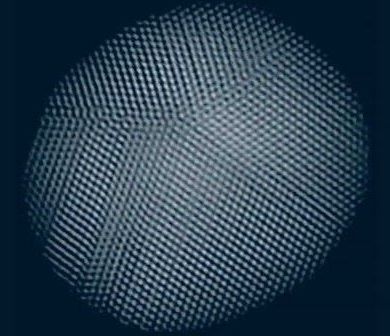
Researchers at the University of California Los Angeles have figured out a way to generate strikingly detailed 3D reconstructing of platinum nanoparticles at the very atomic scale. These are being used to study minute structural anomalies called dislocations. You can read the research paper here. Watch the video below for more.[no-sidebar].
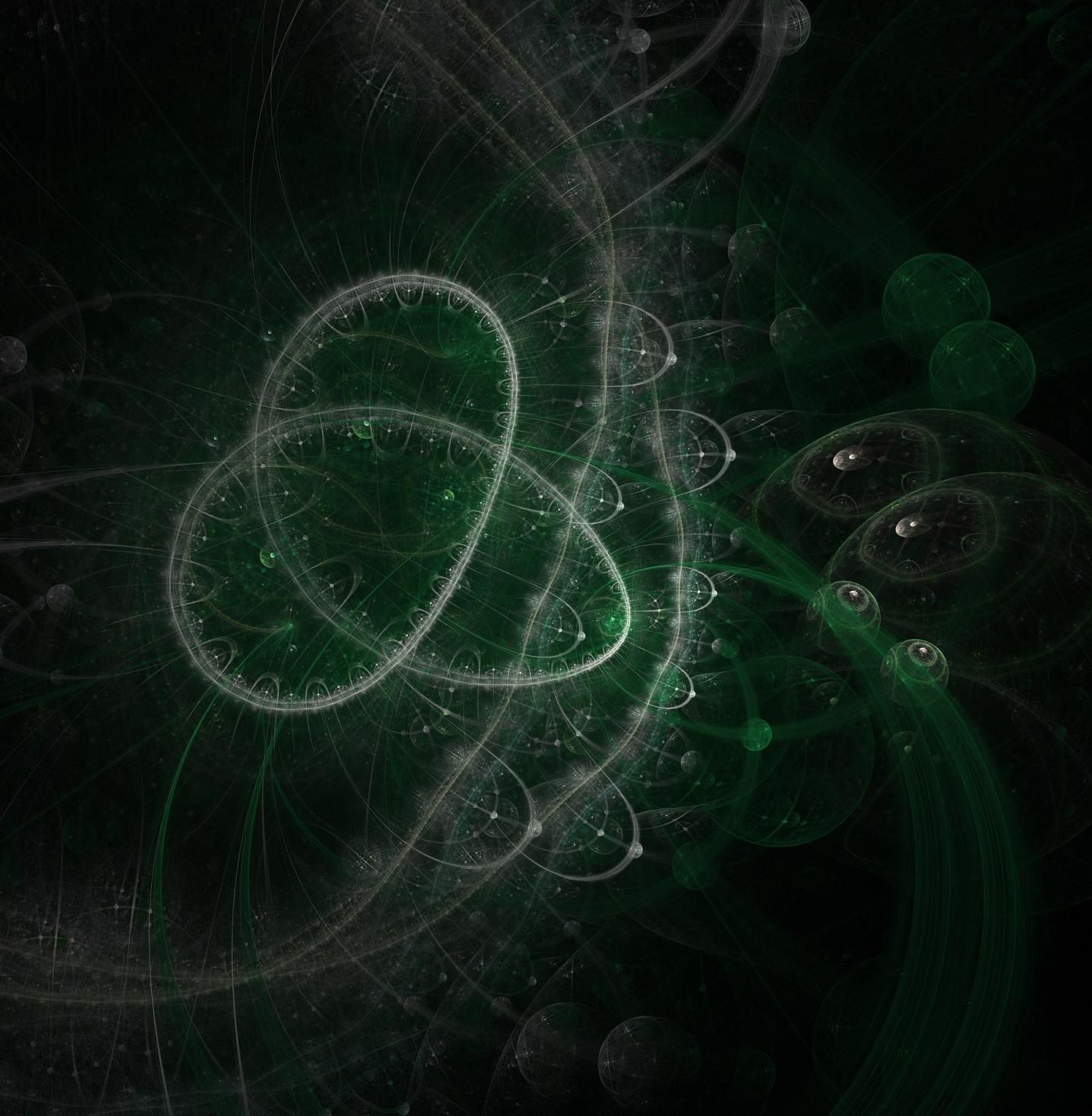
Physicists at MIT and Harvard University have demonstrated a new way to manipulate quantum bits of matter. In a paper published today in the journal Nature, they report using a system of finely tuned lasers to first trap and then tweak the interactions of 51 individual atoms, or quantum bits.
The team’s results represent one of the largest arrays of quantum bits, known as qubits, that scientists have been able to individually control. In the same issue of Nature, a team from the University of Maryland reports a similarly sized system using trapped ions as quantum bits.
In the MIT-Harvard approach, the researchers generated a chain of 51 atoms and programmed them to undergo a quantum phase transition, in which every other atom in the chain was excited. The pattern resembles a state of magnetism known as an antiferromagnet, in which the spin of every other atom or molecule is aligned.
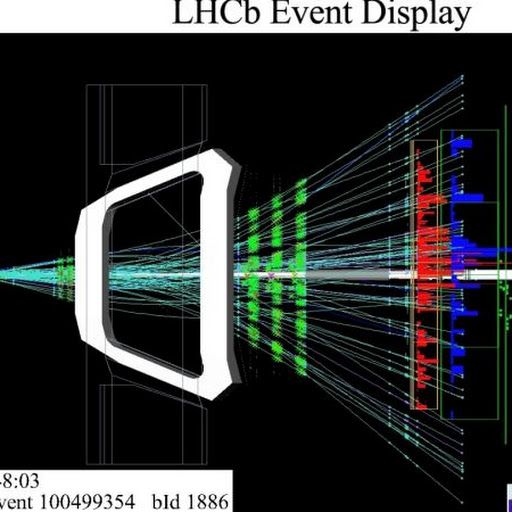
As the common tropes of science fiction continue to break out into reality, from humanoid robots to self-driving cars, there’s one concept that has seemingly remained beyond our grasp: time travel.
But, jumping through time might not be impossible, after all, according to one astrophysicist.
By the rules of theoretical physics, certain conditions exist that would allow for the construction of elaborate wormholes, which could transport humans back to different eras.
While scientists have yet to discover the conditions needed to travel back in time, and construction a system large enough for humans certainly wouldn’t be easy, ‘there’s nothing forbidding it’ in the laws of theoretical physics, explains astrophysicist Ethan Siegel of Lewis & Clark College in the Forbes blog Starts With A Bang.
Backward time travel would rely on the elusive counterpart to the known positive energy / positive or zero mass particles found all throughout the universe – the negative mass/energy particles, which have long been theorized but never yet found.